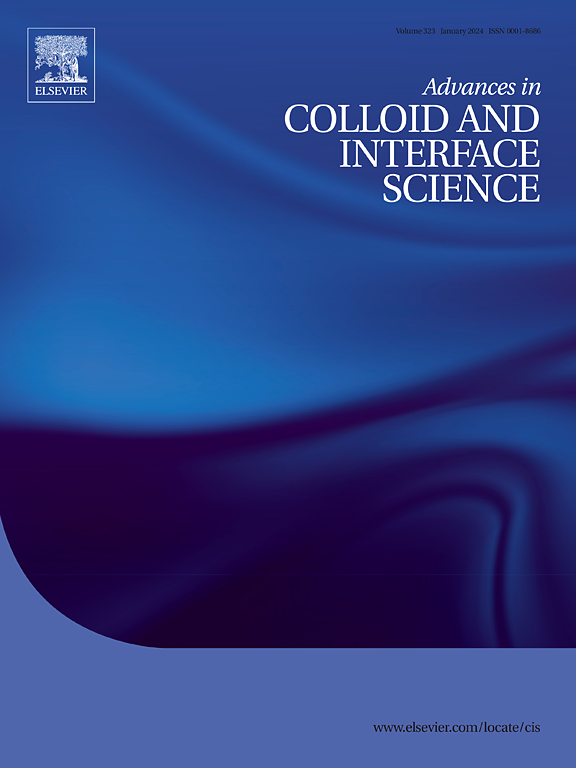Plasmonic nanoarchitectured systems for biomedical application
IF 15.9
1区 化学
Q1 CHEMISTRY, PHYSICAL
引用次数: 0
Abstract
In this paper we discuss the latest developments in colloidal plasmonics, a field with over a century of history, applied to the biomedical sector. Emphasis is placed on the nanoarchitectonic nature of plasmonic systems that can be used for sensing, drug delivery and manipulation of biomolecules. For instance, quantum effects linked to plasmonic phenomena are being used to enhance monitoring of chiral particles and their interaction with light, which is essential for the pharmaceutical industry in reaching the required enantiopurity in some drugs. In diagnostics, radiofrequency waves can excite surface plasmon resonance through amplified photoacoustic effects, thus permitting thermo-acoustic imaging. An example of enhanced therapy was introduced in carefully designed nanoarchitectures where a multi-branched gold nanooctopus was surrounded by a mesoporous polydopamine and loaded with ribonucleoproteins for the target delivery into tumor cells. Moreover, the longstanding challenge of heating due to Ohmic losses, which has hindered the use of plasmonic tweezers for manipulating biologically relevant analytes, is now being exploited for enhanced trapping, manipulation, and transport of cells and other biological particles. The combination of magnetic materials and plasmonic colloids in the realms of magnetoplasmonics can also be explored in sensing and enhanced drug delivery, which further exemplifies the versatility of nanoarchitectonics.

生物医学应用等离子体纳米结构系统
在本文中,我们讨论了胶体等离子体学的最新发展,这是一个有一个多世纪历史的领域,应用于生物医学领域。重点放在等离子体系统的纳米结构性质上,等离子体系统可用于传感、药物传递和生物分子的操纵。例如,与等离子体现象有关的量子效应正被用于加强对手性粒子及其与光的相互作用的监测,这对于制药工业在某些药物中达到所需的对映不纯性至关重要。在诊断中,射频波可以通过放大光声效应激发表面等离子体共振,从而允许热声成像。在精心设计的纳米结构中,介绍了一个增强治疗的例子,其中一个多分支的金纳米章鱼被介孔聚多巴胺包围,并装载了核糖核蛋白,用于将目标递送到肿瘤细胞中。此外,由于欧姆损耗导致的加热长期存在的挑战,阻碍了等离子体镊子用于操纵生物相关分析物的使用,现在正被用于增强细胞和其他生物颗粒的捕获、操纵和运输。磁性材料和等离子体胶体在磁等离子体领域的结合也可以在传感和增强药物传递方面进行探索,这进一步证明了纳米结构的多功能性。
本文章由计算机程序翻译,如有差异,请以英文原文为准。
求助全文
约1分钟内获得全文
求助全文
来源期刊
CiteScore
28.50
自引率
2.60%
发文量
175
审稿时长
31 days
期刊介绍:
"Advances in Colloid and Interface Science" is an international journal that focuses on experimental and theoretical developments in interfacial and colloidal phenomena. The journal covers a wide range of disciplines including biology, chemistry, physics, and technology.
The journal accepts review articles on any topic within the scope of colloid and interface science. These articles should provide an in-depth analysis of the subject matter, offering a critical review of the current state of the field. The author's informed opinion on the topic should also be included. The manuscript should compare and contrast ideas found in the reviewed literature and address the limitations of these ideas.
Typically, the articles published in this journal are written by recognized experts in the field.

 求助内容:
求助内容: 应助结果提醒方式:
应助结果提醒方式:


